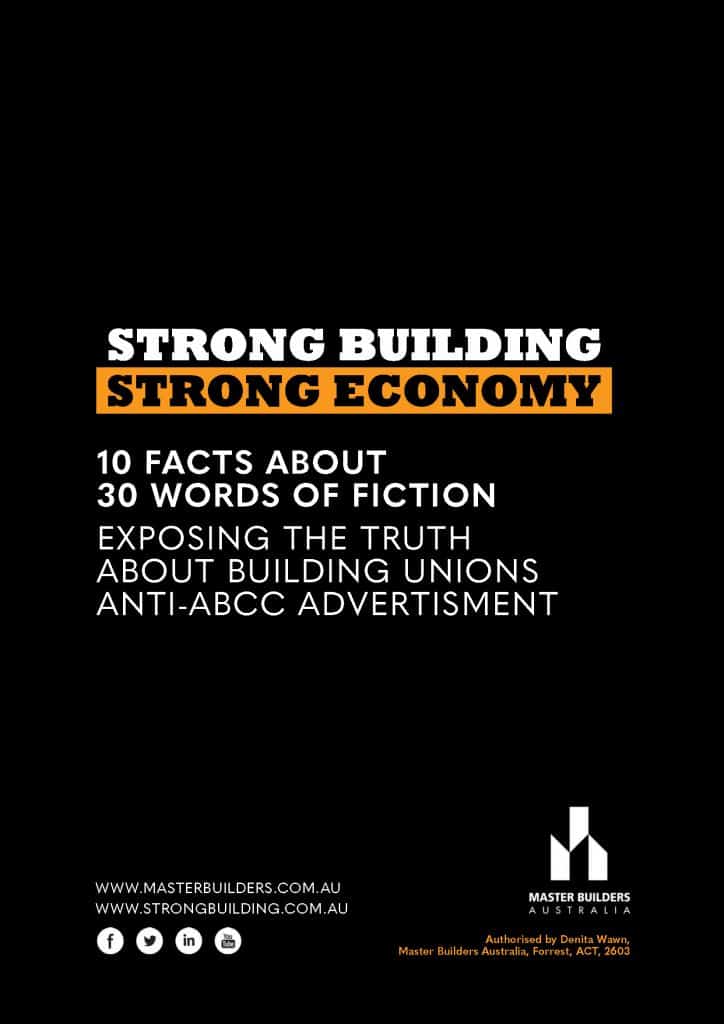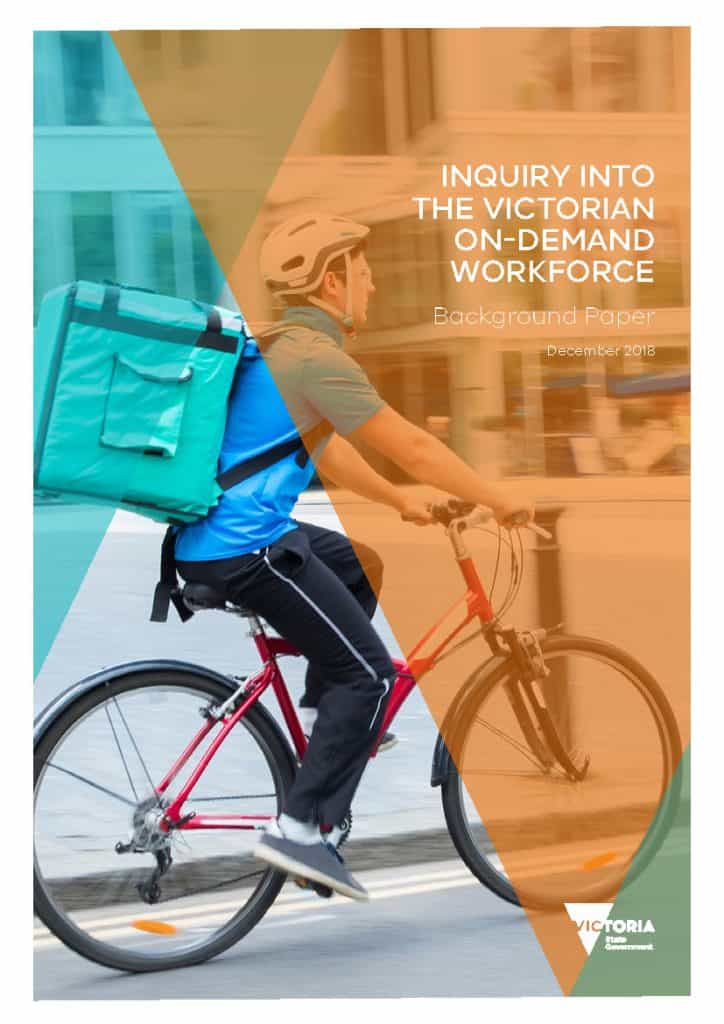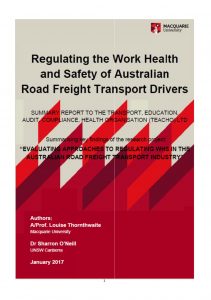
A couple more election campaign publications and statements have appeared in relation to occupational health and safety (OHS), one by the Institute of Public Affairs (IPA) and another in response to some advertising by the Construction Forestry Mining Maritime and Energy Union (CFMEU) released by the Master Builders Australia (MBA).
Institute of Public Affairs
There is nothing in the IPA report “20 policies to fix Australia” that directly relates to OHS, but there is a continuance of the desire for less “red tape”, a desire that has often mentioned OHS regulations and licencing as examples. The IPA says:



 The strong readership of the article on truck driver safety based on the
The strong readership of the article on truck driver safety based on the 
 It is difficult to make a book about occupational health and safety (OHS) law interesting. Some try with creative design but the most successful is when laws are interpreted into real world circumstances. Thankfully
It is difficult to make a book about occupational health and safety (OHS) law interesting. Some try with creative design but the most successful is when laws are interpreted into real world circumstances. Thankfully